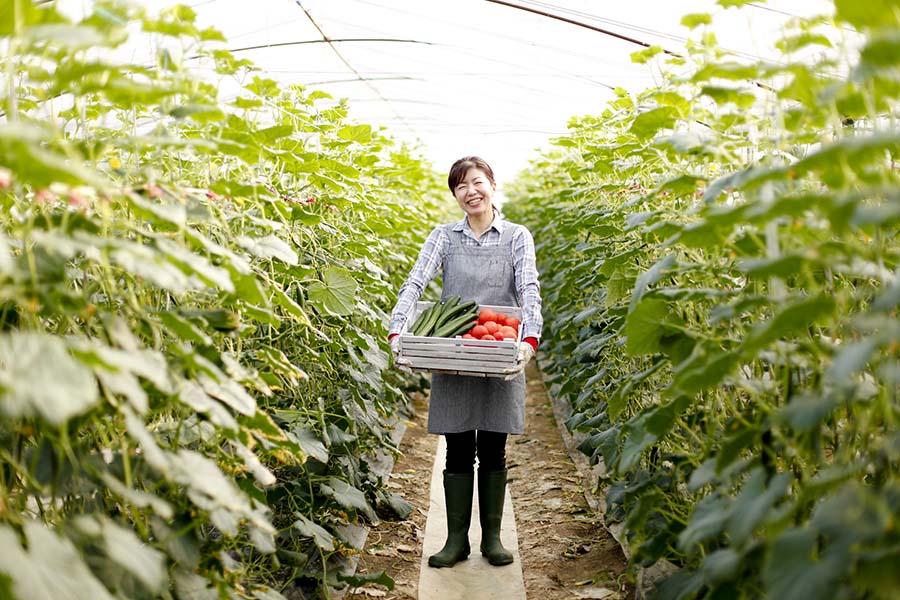We’ve covered the science, the system types, and the greenhouse structures. The technology is impressive, and the potential for year-round growing is real. But now we come to the single biggest hurdle for any geothermal project: the cost.
This chapter is a straightforward look at the bottom line. We’re going to address the high upfront cost of installation, explain how to calculate how your investment will pay for itself in the long term, and explore some of the financial incentives that can help bring this technology within reach.
The Elephant in the Room: The High Upfront Cost of Geothermal Installation
There’s no point in sugarcoating it: a geothermal system is a significant upfront investment. Unlike a conventional furnace that you can buy and install for a few thousand dollars, a geo-exchange system involves major site work—excavation, trenching, or drilling—that comes with a much higher price tag.
The final cost will vary dramatically based on your location, the size of your greenhouse, your soil type, and whether you choose a horizontal or vertical loop system. However, for a residential or small commercial project, it’s not uncommon for a complete shallow geothermal installation to run anywhere from $15,000 to upwards of $30,000.
Not surprisingly, this is the number that stops most projects in their tracks. It’s a classic “pay now to save later” scenario. The challenge is that you have to pay for all of your “fuel” (the ground loop) on day one. But as we’ll see, the long-term savings can be substantial, and there are ways to make that initial investment much more manageable.
The Good News: Adding Up the Savings
To understand if the high upfront cost of a geothermal system is worth it, you need to calculate its simple payback period—the time it will take for your energy savings to equal your initial investment. Since every project and every climate is different, here is a step-by-step method for calculating a solid “back of the envelope” estimate for your own project.
Step 1: Estimate Your Annual Conventional Heating Cost
This is your baseline. The most accurate number will come from your own past fuel bills or a direct quote from a local HVAC contractor for a new propane or natural gas furnace for your greenhouse. This number is your (A) Annual Conventional Heating Cost.
Note: Some utility companies can separate out the energy consumed by your heat pump from other appliances like lights or computers. That will give you even more precise and personalized data.
Step 2: Estimate Your Annual Geothermal Savings
A geothermal system is a direct replacement for a conventional heater, and it’s far more efficient.
According to the U.S. Department of Energy, a geothermal heat pump can reduce heating costs by 50% to 70% compared to a conventional system. For your model, it’s probably reasonable to use a conservative 60% savings. If you already have a high-efficiency heat pump, check with a geothermal equipment supplier for specific model comparisons.
(A) Annual Conventional Heating Cost x 0.60 = (B) Your Annual Savings
Step 3: Get Your Upfront System Cost
There’s no need to sign on the dotted line yet, but contact several certified geothermal installers in your area to get a realistic, all-in quote for a system sized for your greenhouse. The installation cost can vary substantially according to your system’s configuration, such as horizontal or vertical pipes, so discuss your options with the installer before you settle on a specific number. This number will be your (C) Total Upfront Cost.
Step 4: Calculate the Simple Payback
Now, just plug in your numbers:
(C) Total Upfront Cost / (B) Your Annual Savings = Payback Period in Years
When you run your own numbers, remember to consider the lifespan of the system. The underground pipe loop can last for over 50 years, and the heat pump itself can last for 20-25 years. A payback period that is significantly shorter than the lifespan of the equipment is generally considered a sound long-term investment. Even more importantly, once that payback period is complete, those annual savings go directly to your bottom line, year after year.
Financial Incentives: A Changing Landscape
The final piece of the financial puzzle is tax and other incentives, but this is a volatile and rapidly changing area.
While the 2022 Inflation Reduction Act established significant federal tax credits for geothermal installations, these and other clean energy incentives are currently under review and subject to change by the new administration and Congress. Because of this uncertainty, it’s essential to get up-to-date, professional advice and be wary of time limits.
Before breaking ground, consult with both a qualified tax professional and your certified geothermal installer. They should be keeping up with the most current information on which federal, state, and local utility incentives are available in your area, and can help you determine your eligibility.
Looking Ahead
Now that we’ve tackled the biggest hurdle for any geothermal project (the bottom line), you have a straightforward, step-by-step method for calculating the real-world costs and long-term payback for your own project.
But what does it all look like when you put it together? What happens when a real community takes these plans off the page and puts them into the ground? The next and final chapter is a case study that shows exactly that—a step-by-step story of how a passionate group turned the dream of year-round local food into a warm, thriving reality.




